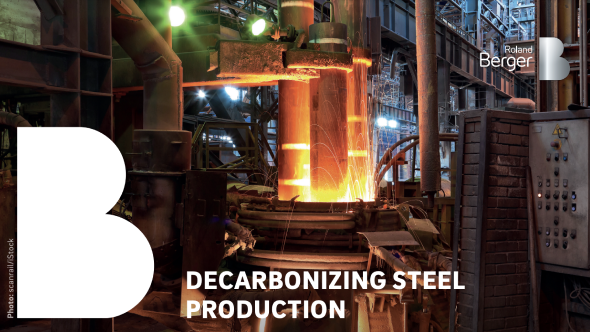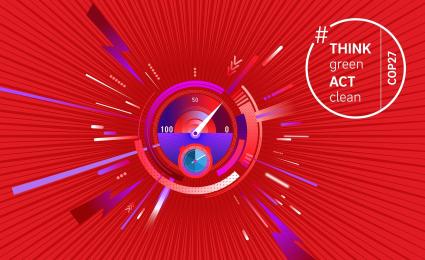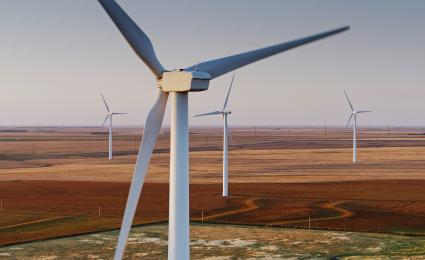In order to meet EU emission targets, the steel industry will need to undergo a rapid green transformation, the costs of which will have to be borne by taxpayers and end customers/consumers.


It’s time for steelmakers to reduce emissions
EAF steelmakers must focus on decarbonization to thrive in a new era of sustainability – here’s how
Steelmaking is among the world’s most carbon-intensive industries. Indeed, it currently accounts for more than 5% of all CO2 emissions in the EU. As expectations and regulations change, the sector faces the major challenge of improving its environmental footprint. In a new report, Roland Berger outlines how steel companies can define a decarbonization strategy and benefit from a growing focus on sustainability.
_image_caption_none.jpg?v=770441)
The majority of steel, around 56% in Europe and 71% worldwide, is made via primary, or integrated, production methods using blast furnaces (BF) and basic oxygen furnaces (BOF), according to World Steel Association data from 2022. The remainder is produced with electric arc furnaces (EAF), a secondary production process.
Most carbon emissions in steelmaking come from primary production, with BF-BOF plants roughly four times more pollutant than EAF plants. As a result, a significant amount of production is likely to switch from primary to secondary processes in the coming years. Indeed, between 2019 and 2021, the market share for primary production already fell 3%.
However, integrated plants are typically further ahead on their decarbonization journey than their EAF counterparts. As secondary steelmakers ramp up their focus on sustainability, they face three main challenges:
- How to accurately calculate emissions
- How to set feasible emissions reduction targets and define initiatives
- How to compile a clear communication strategy to engage key stakeholders
In our report, we analyzed a group of 27 European and American steel companies including nine that use primary processes and 18 that use secondary manufacturing. We explore the challenges faced by EAF steelmakers in more detail and outline how to overcome them.
"Steelmakers need to disclose their sustainability targets, initiatives and progress to various stakeholders, each with their own requirements."
You can’t manage what you can’t measure
An accurate picture of emissions is the foundation for any sustainability strategy. There are two main methods available for the steel industry: the value chain approach, for accounting, reporting and communication at corporate level; and the life cycle assessment for selected products.
Of the 18 EAF companies we surveyed, all use the value chain approach to measure scope 1 and scope 2 emissions, which come directly from core business operations. However, just a quarter of them currently capture scope 3 emissions from upstream and downstream activities, although this will likely grow in the near future. Around half the EAF steelmakers have used life cycle assessments for at least one of their products, often for the construction or automotive markets.
How to reduce emissions
Carbon reduction initiatives for steelmakers typically fall into three categories: adopting renewable energy sources; improving energy-efficiency; and integrating circular economy practices.
In compiling our report, we found that some EAF companies have already started taking steps to improve environmental sustainability. Power purchase agreements – long-term contracts for green energy at fixed prices – are a popular way to use more renewable power, for example. Some EAF steelmakers are adapting their furnaces to use more hydrogen alongside natural gas, although the cost and infrastructure for green hydrogen production remain a barrier to widespread adoption. Meanwhile, some companies are also developing solutions to reduce the use of coal with lower-emission raw materials such as biocarbon, obtained from green biomass.
Set ambitious but feasible goals
Among the EAF steelmakers we surveyed, the average reduction target for scope 1 and scope 2 emissions was between 30% and 40% by 2030 (using 2015 or 2018 as a baseline), with the aim of becoming carbon neutral by 2050.
While the majority of steelmakers are only just beginning their decarbonization journey, a small number of companies surveyed already reported a reduction in CO2 emissions for scopes 1 and 2 between 2018 and 2020.
Communication is key
Communication is a key part of any sustainability strategy. Steelmakers need to disclose their sustainability targets, initiatives, and progress to various stakeholders, each with their own requirements.
Customers, for example, should be fully informed about production processes and emission levels throughout the supply chain. Investors need clear communication on emissions reduction targets, sustainability initiatives and the wider decarbonization strategy. And engagement with policymakers and organizations on the most effective levers for reducing emissions is vital.
What to do next
The urgency to act on sustainability is more acute than ever. EAF steelmakers can discover more about the steps to take and how this can open up new opportunities by downloading our publication.
Register now to download the full study including key insights, new developments as well as future challenges for players in the industry. Additionally, you get regular insights into steel topics, with the focus of decarbonization strategies in connection with the global topic of sustainability.

_person_144.png?v=770441)




